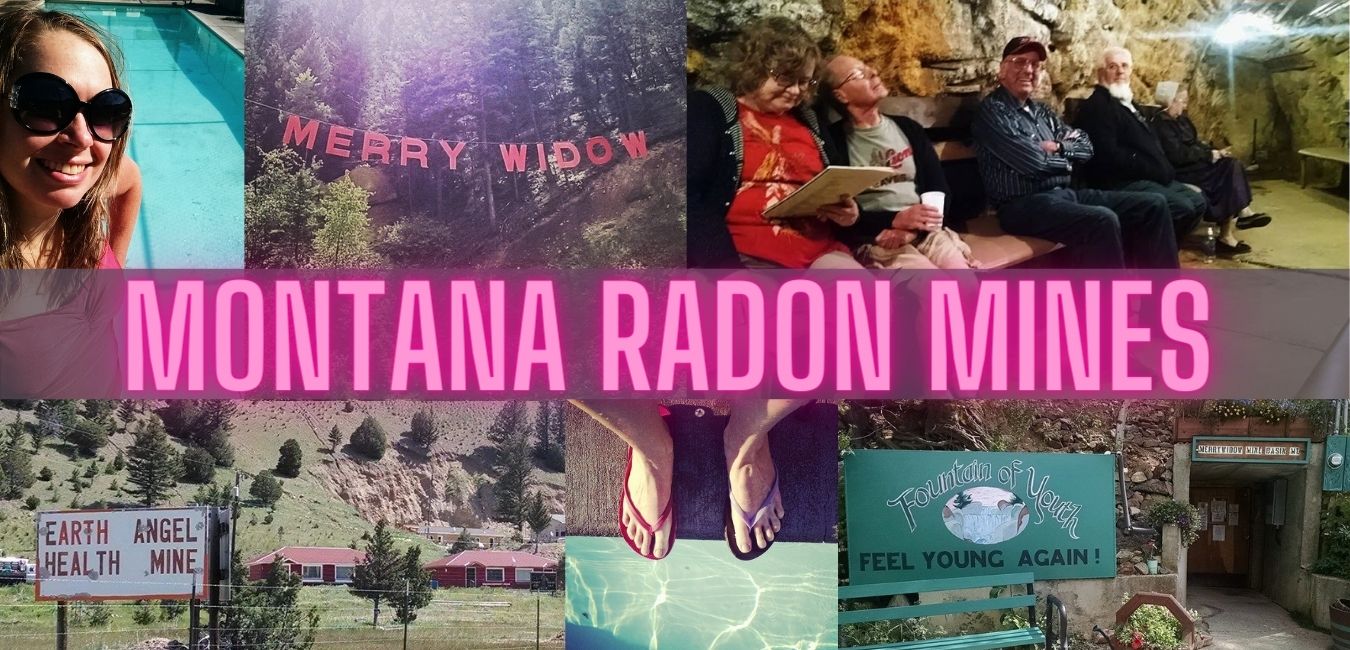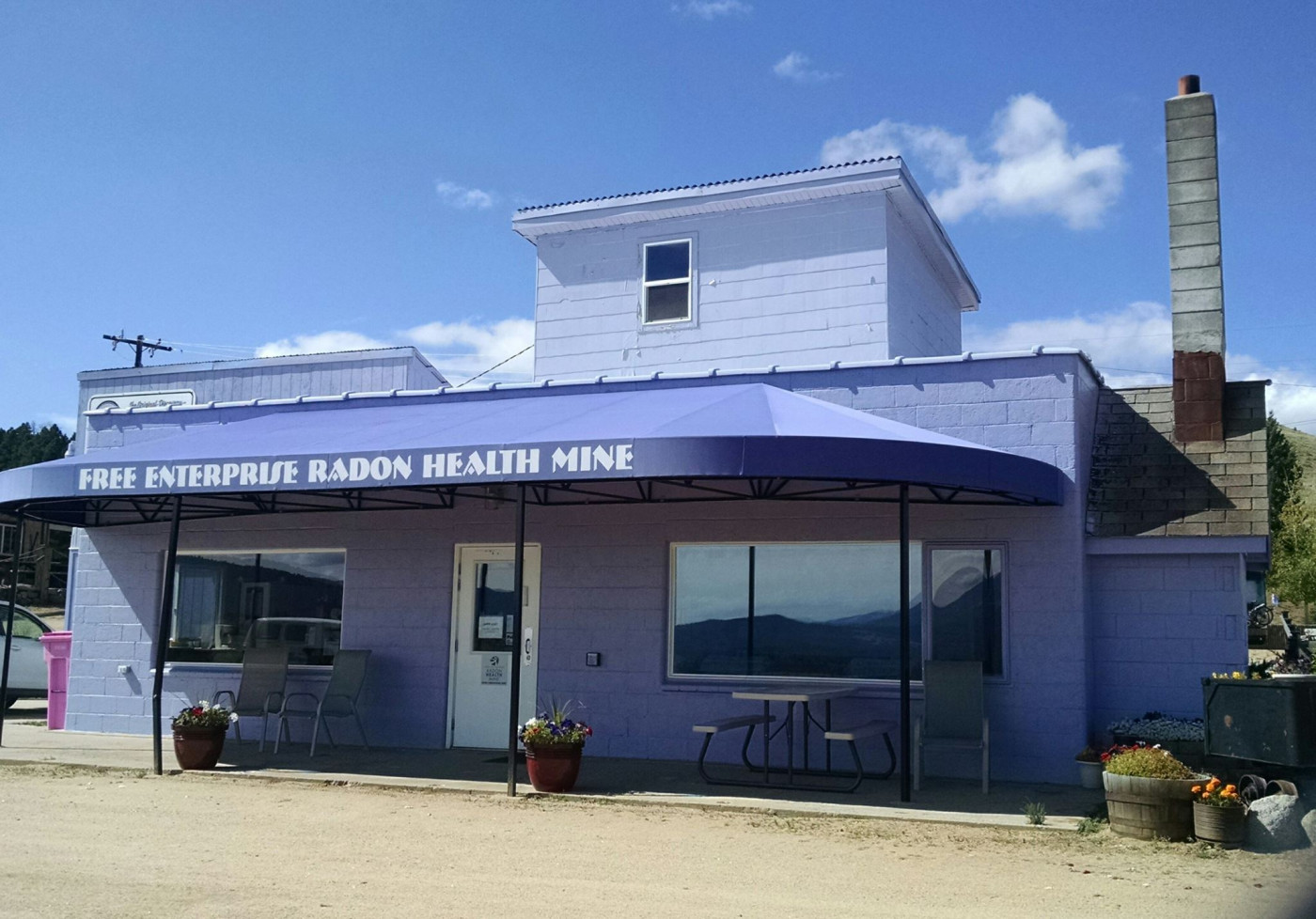My Experience With Radon Mine Therapy for Ankylosing Spondylitis, Part 1

First in a two-part series.
In 2014, I took a road trip to Montana to receive experimental treatments in the underground radon mines.
Visiting the “radon resorts” of Montana was actually one of the best solo vacations I had ever been on. The trip itinerary was a dream for me. It included trying out new healing therapies, exploring ghost towns, soaking in hot springs, picking wild berries, eating bison burgers, shopping in thrift stores, and even attending the annual cowboy poetry event at the local church.
I first heard about the “fountain of youth” radon mine therapy in the KickAS.org online forums where users share their experiences kicking ankylosing spondylitis (AS). A few KickAS members reported they had visited the radon mines in Montana with great results.
One member with AS commented that she was able to walk across Spain after receiving mine treatments, and she has continued to get mine therapy every year for the past 13 years. She shares a testimony on her blog, H20 Girl Adventures.
Reading success stories like these definitely inspired me, but I didn’t take action right away, as there are risks involved, detailed later in this column. It wasn’t until a year later, when I found myself in one of the worst AS flares of my life, that I decided to finally try this mysterious mine therapy. I figured, what did I have to lose? From what I read, I would be exposed to just twice the average annual dosage of radon that we as humans breathe just by being on earth. And when you are in immense crippling pain, sometimes you are willing to try anything.
Fellow Ankylosing Spondylitis News columnist Janneke Phung’s recent column, “What My Nightly Struggle With Invisible Illness Looked Like,” really hit home. It was exactly how I felt during that flare in 2014. Being unable to sleep and in sheer pain is the worst!
So, in June 2014, I booked a 10-day mine vacation and loaded up my car with low-/no-starch groceries and warm clothing for the mines, and I drove 12 hours from my home in Oregon to mine country in Boulder, Montana.
In 2014, I was still on the low-/no-starch Paleo diet, and eating that diet helped me immensely at the time, but sometimes I still got flare-ups of nerve pain in my spine and my neck. Most of the time, I could calm down these flares with my favorite self-care therapies that I shared in my column “Have a DIY Spa Day for Your Aches and Pains,” but some flares took me to my breaking point, including the flare that took me underground to the radon mines.
I booked my healing vacation at the Free Enterprise Radon Health Mine in Boulder, Montana. Its website explains why it believes radon therapy works and why radiation dose is important.
In short, “Exposures to low doses of radiation is a mild stressor that stimulates cell mechanisms into performing functions such as DNA repair and suppression of inflammatory reactions. … Radon is stimulating your body to suppress inflammation which is essential in fighting all auto-immune diseases and enhancing natural cancer barriers.”
The radon gas we inhaled in the mines worked like a very low-dose chemotherapy on our bodies, simply by sitting and breathing in a natural underground setting. It triggered our immune systems to reset, and in the process, reduce chronic, systemic inflammation.
Once you start digging, you will find endless information about radon mine therapy on the internet. For instance, check out this Forbes article: “In Germany And Austria, Visits To Radon Health Spas Are Covered By Health Insurance.”
People have been using radon for its healing qualities for centuries, but there are also warnings about the risks of breathing in too much. According to the American Cancer Society, being exposed to radon gas for long periods of time can lead to lung cancer. This exposure typically occurs indoors in homes, offices, or buildings that are near types of rock or soil with elevated levels of radon. Radon gas density varies by geographical area, and elevated levels have been found in every state in the U.S.
However, when you are at your wits’ end like I was, you are sometimes willing to try anything. I have no regrets about my visits to the mines. I actually returned for a second two-week stay in September 2014 because I enjoyed my time there so much.
I wish I could tell you that radon therapy was the one trick that cured my AS, but alas, I was not miraculously healed of my ankylosing spondylitis after spending four weeks trying this therapy in 2014. And honestly, that is OK with me. After all of the radon and relaxation, I can say that I did feel some relief of my AS symptoms while I was there, but no lasting results as miraculous as many others have experienced.
In part two, I will go into more detail about my personal healing adventures in Montana and share links to all of the mines I visited as well as sightseeing tips.
***
Note: Ankylosing Spondylitis News is strictly a news and information website about the disease. It does not provide medical advice, diagnosis, or treatment. This content is not intended to be a substitute for professional medical advice, diagnosis, or treatment. Always seek the advice of your physician or other qualified health provider with any questions you may have regarding a medical condition. Never disregard professional medical advice or delay in seeking it because of something you have read on this website. The opinions expressed in this column are not those of Ankylosing Spondylitis News, or its parent company, Bionews, and are intended to spark discussion about issues pertaining to ankylosing spondylitis.









Leave a comment
Fill in the required fields to post. Your email address will not be published.